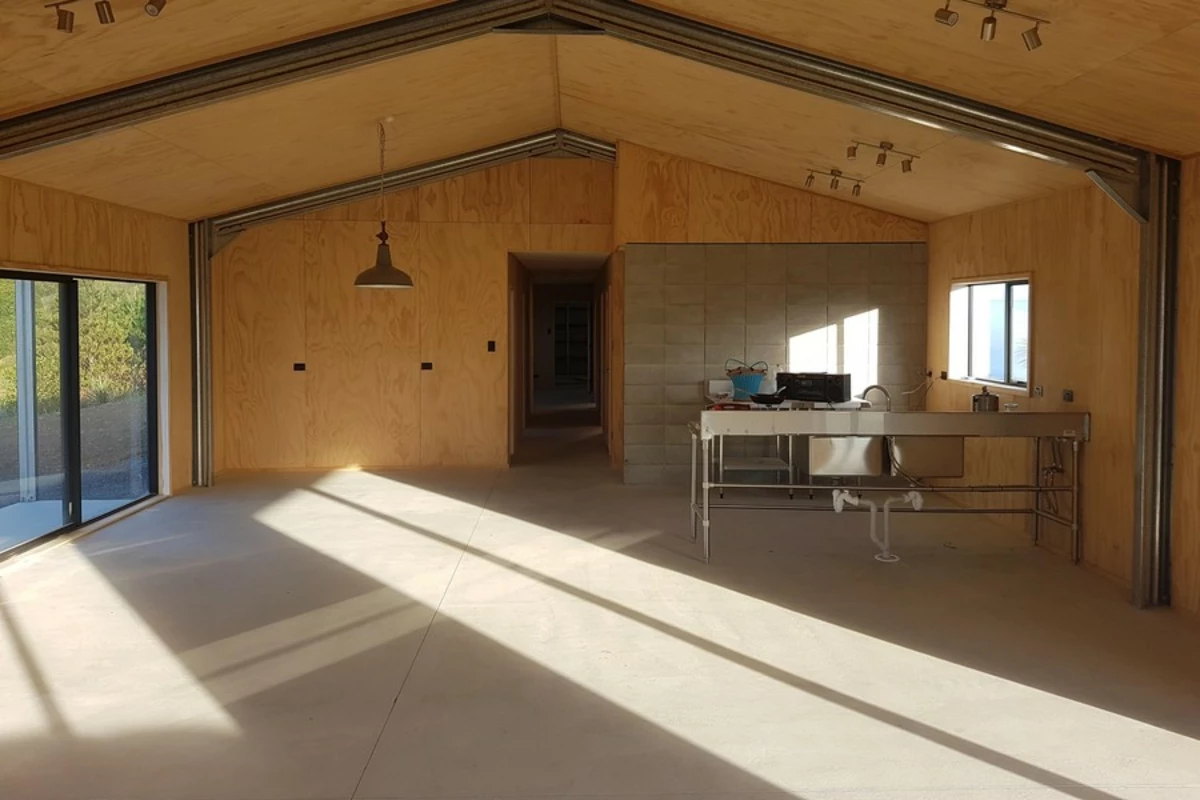A long time ago, at a university far far away, I trained to be an architect. Well, it was the nineties and the university is just a block down the road from where I am now - but it certainly feels as though it was in another galaxy. No one had smartphones. Social media was the flyers you handed out in the quad for your terrible student play. And you could count the number of people in your class who even had the internet on one hand. I actually learned how to draw plans the old fashioned way, you know, with pens, paper, and a ruler.
Oh christ I’m getting old. Does anyone even have rulers anymore?
Anyway, you would have been hard-pressed to find an architect, student or not, who thought that building something as substantial as a ...building...was best done without a plan. Look around hard enough and you might find a builder capable of doing it - someone that could rely on their past experience and basic principles from other buildings to make something that would stand upright - but your chances of creating something worthy of grand designs would be low. As in, below ground.
On the plus side, your chance of having a heart attack and completely failing to build anything worthwhile would have skyrocketed. So at least there’s that.
I design, build, test, and run websites. They are, quite obviously, not made of concrete, wood, and steel. But they can still be complex, and in order for them to work well in your business you need to be prepared to do the necessary planning. The trouble is, you haven’t been trained to design, scope, and QS a website development. That’s not your fault, almost nobody has.
You do know some of the terms; platform, button, click, double-click, that sort of thing. You might even know terms as exciting as ‘UX’ and ‘database’, but stringing them together in a meaningful sentence is a far cry from your usual experience. This does not make you stupid - it makes you wonderfully normal.
You may also have thought about using Wix, or Squarespace, or one of the dozen other website platforms that interrupt your youtube viewing with ads fronted by annoying hipsters that are far more confident and well-adjusted to life than they have any right to be. Beyond that, it is all a bit of a dark art.
I am here to tell you one thing, so listen well. It is a dark art. For godsakes, leave it alone. You have no business meddling in the arcane world of website development.
If you want proof of this, then look at me: I was once destined to be a handsome & successful architect - now here I am a bent and twisted shadow of my former self, my ghastly visage lit only by the bright glow of the laptop. Beware!
Seriously, though, my advice is simple: focus on what you do best. Running your business. When it comes time to engage with a web designer you have a very important role to play - but it is not coding, and it is not design. Your role is to convey the business goals to the design team in as clear a manner as possible. Your role is to help them to better understand your audience. Your role is to pay them to do what they do best, and then let them do it.
Here’s a summary of the principles to remember:
A designer has to learn about your business.
Designers are not mind readers and they might have limited knowledge of your customers, as well as your processes, products and services. Learning about all of these things, and deeply enough to matter, takes work on their part, and on yours. You need to ensure there is time and budget to allow this to happen - or risk getting a design that is only a shallow and ineffective reflection of your business needs. Doing this work pays off - you’ll get a better design for your money, and one that is more effective, for longer.
Design is as much about planning as it is about pretty graphics
Planning your website based on market research, competitor analysis, and a deep understanding of contemporary development practices is not the sexy end of the design world. But without it, you risk getting caught in a never ending cycle of delays, invoices for extra work, frustration (for designer and client alike), and a result that is upsettingly average. Investing in a digital strategy, then using this as a basis for developing a more detailed scope, is going to create a far better outcome for all.
I know - you want to jump in and create a page right now but please, just wait until we’ve done our homework.
A designer works for you, yes, but they design for your users.
It’s easy to get into the habit of telling your designer what to do, but it is an extraordinarily narcissistic and costly exercise. They’re the ones with the design experience and expertise, and that’s why they’re charging you so much. To override that advice is, to put it bluntly, an own goal.
If the design doesn’t please you personally, then take a moment to consider whether it pleases the people that will use the site - because after all, that’s who the designer is aiming it at. The designer is working to achieve the stated aims in your plan. That does not, usually, include massaging your ego. If, after considering these things, you still think it’s off-course, then return to the plan to see where it has all gone wrong.
A website is not a temple.
Unlike a building, it is relatively easy to pull a website apart and put it back together again in a new way. If you’ll pardon the pun, your design is not set in concrete. It is worth engaging your web design team far beyond the ‘launch’, so that they can measure, assess, and tweak the design to fit real-world conditions. Small changes can have impressive results - moving a button may increase the number of sales, or double how many people sign-up for events. Designer’s cannot know everything in advance - so having a review process will help you to fine-tune your devastatingly great website for even better results.

Meet with us
If you're interested in talking with us about your online presence or digital design & programming needs, call or email us to arrange a consultation. We travel nationwide as needed.
Phone 021 858 600
Email james@digitaladvisor.nz



